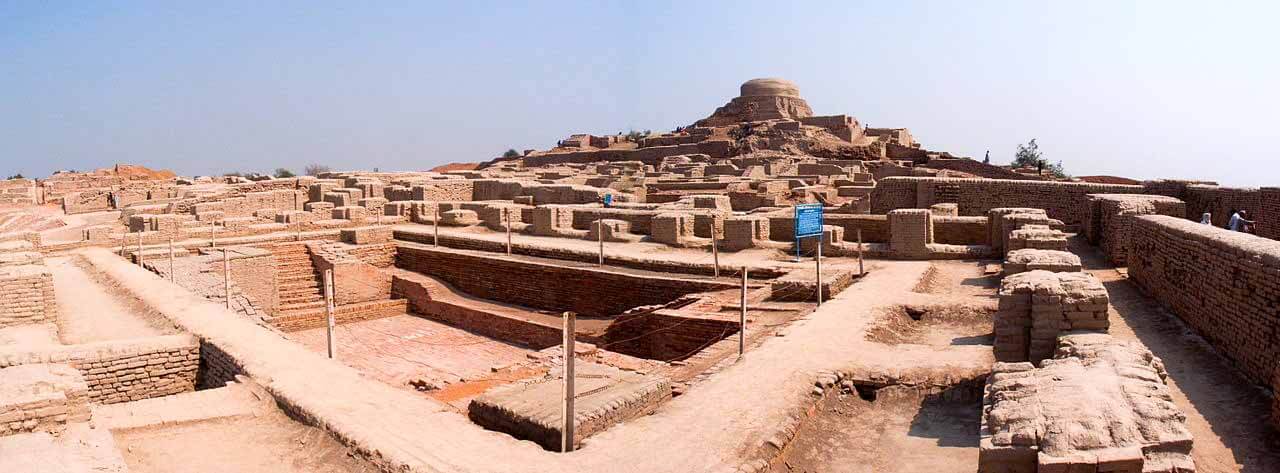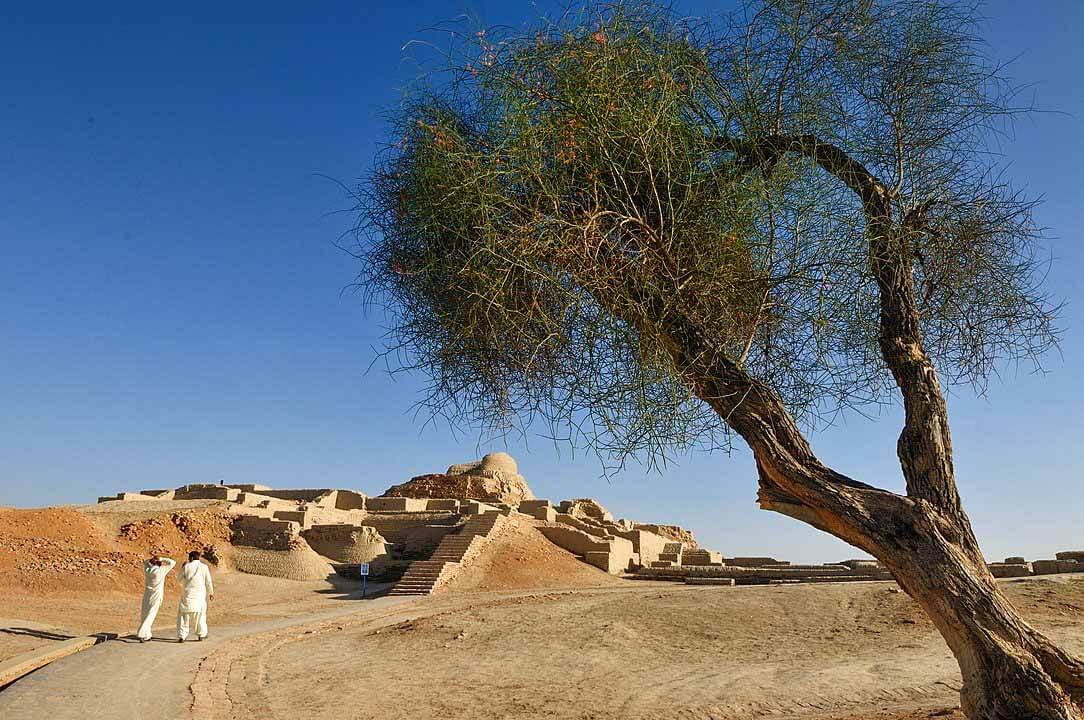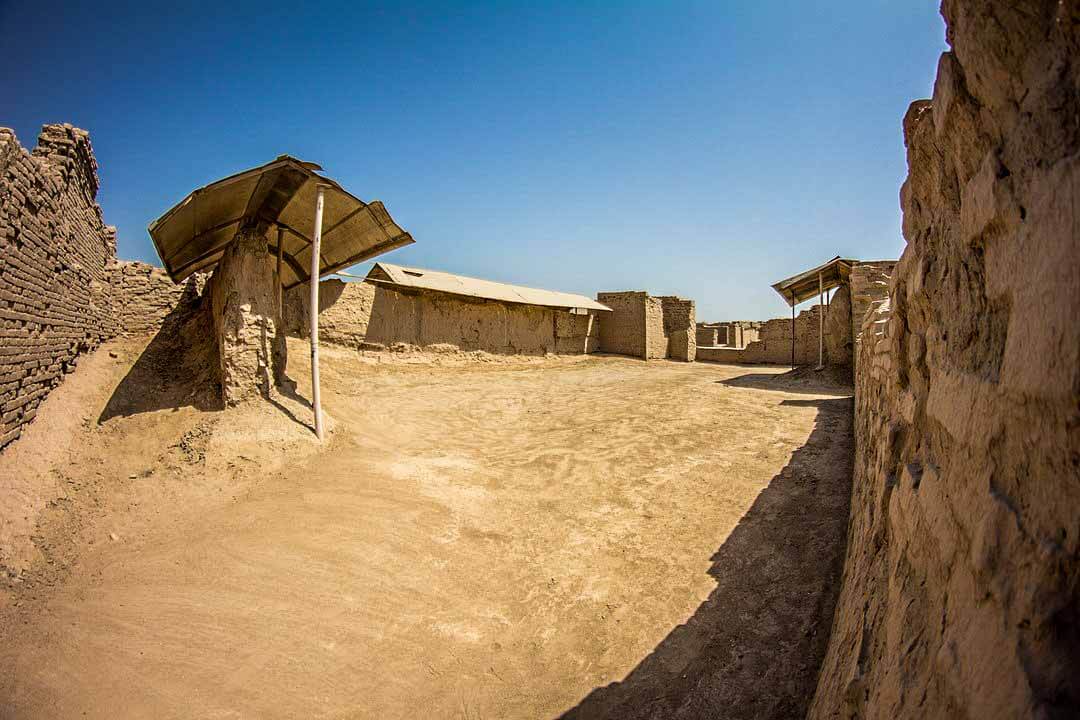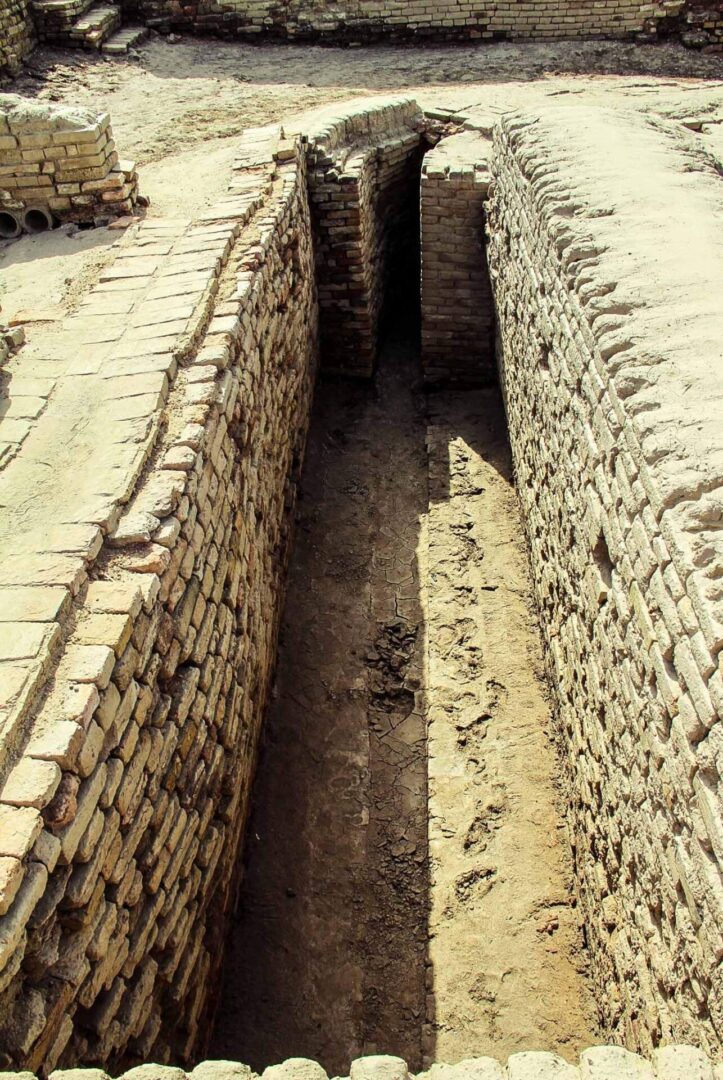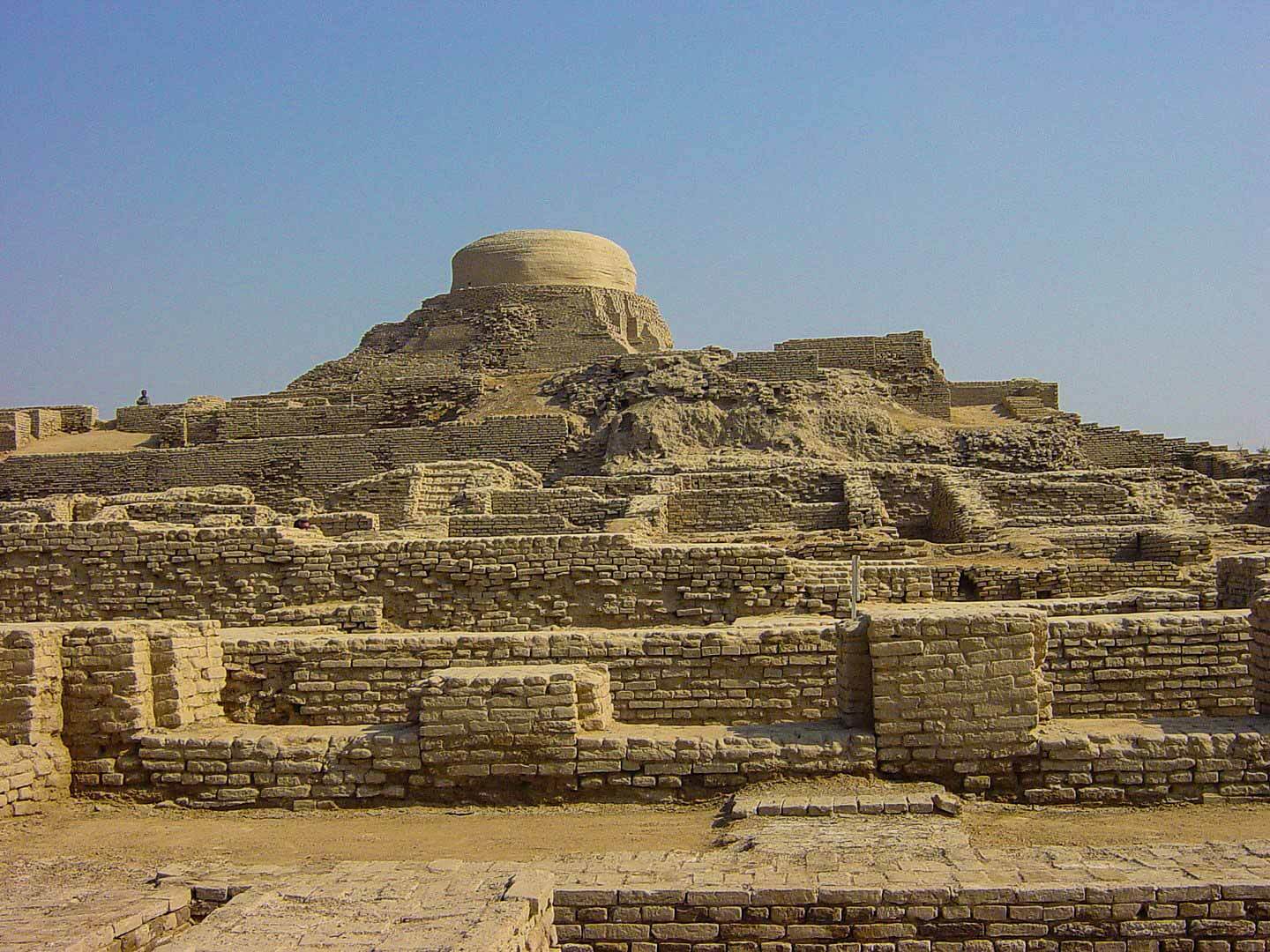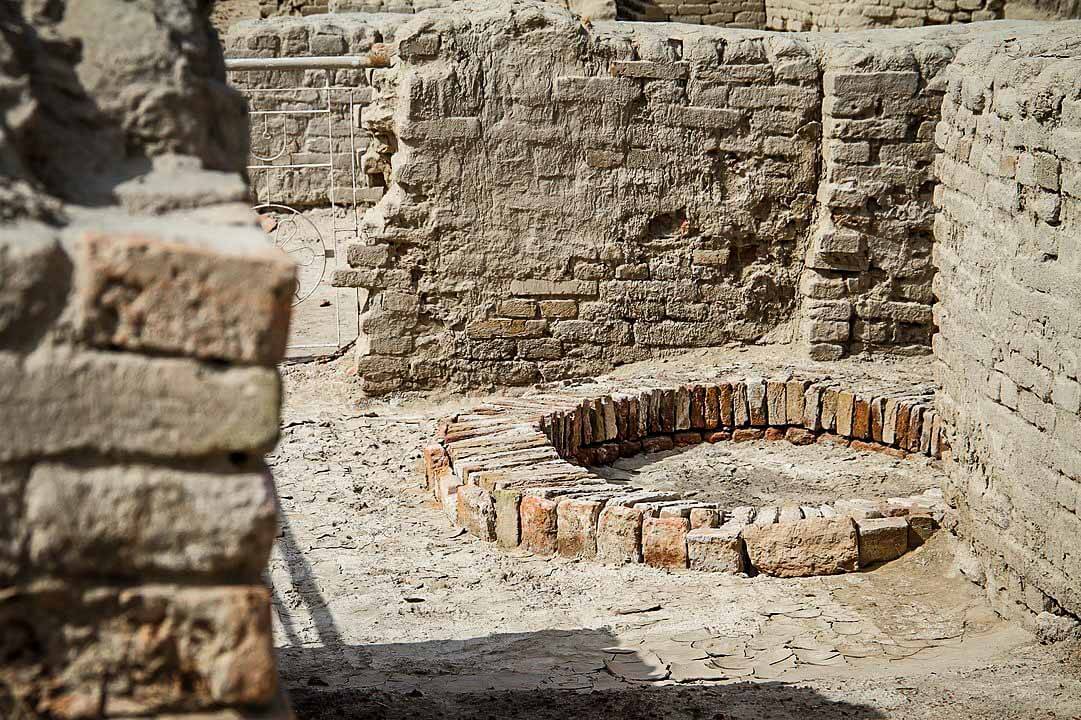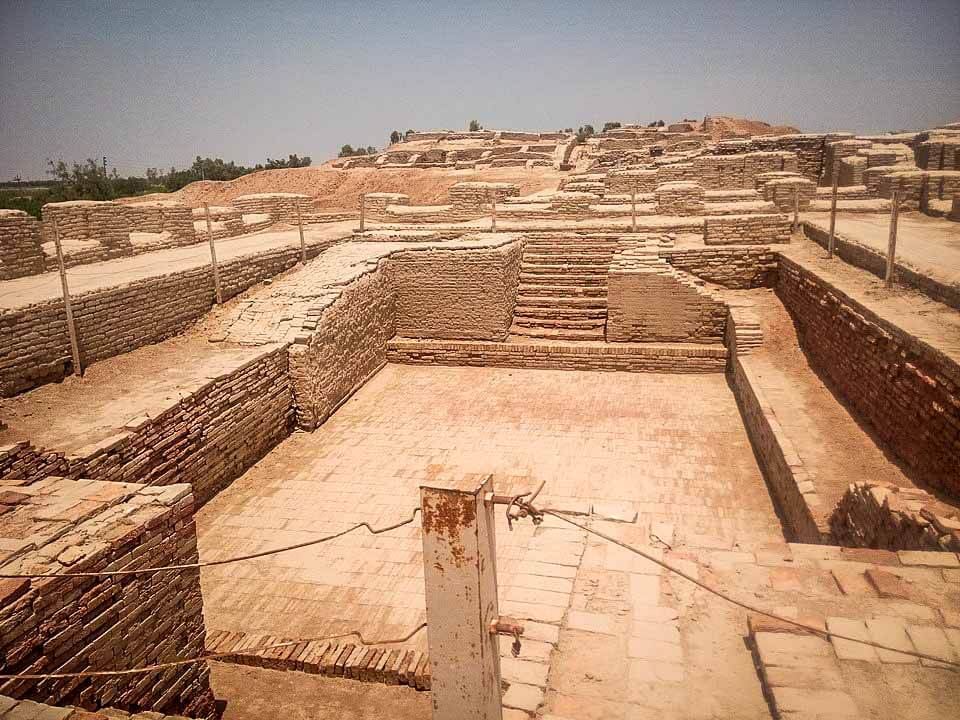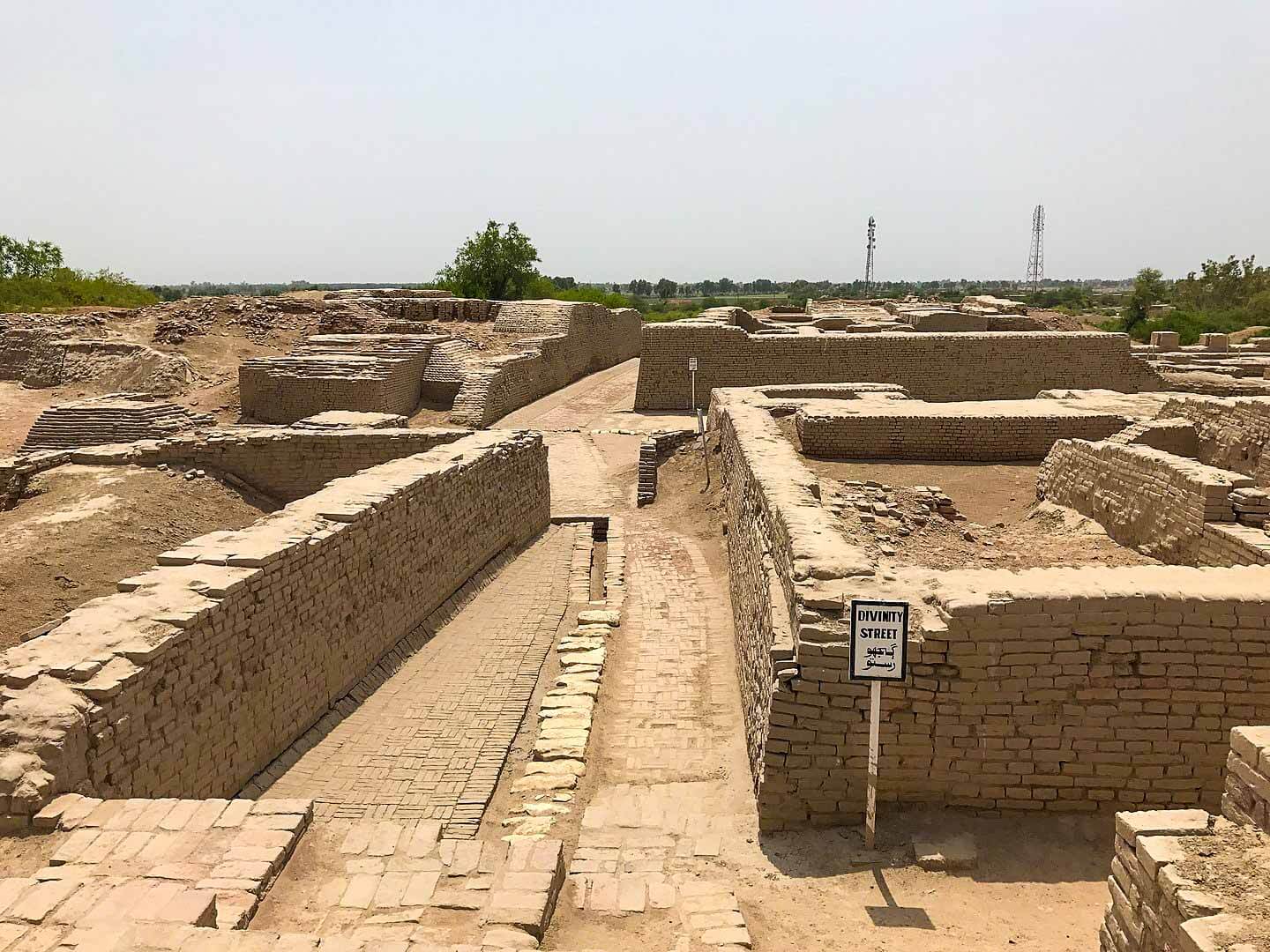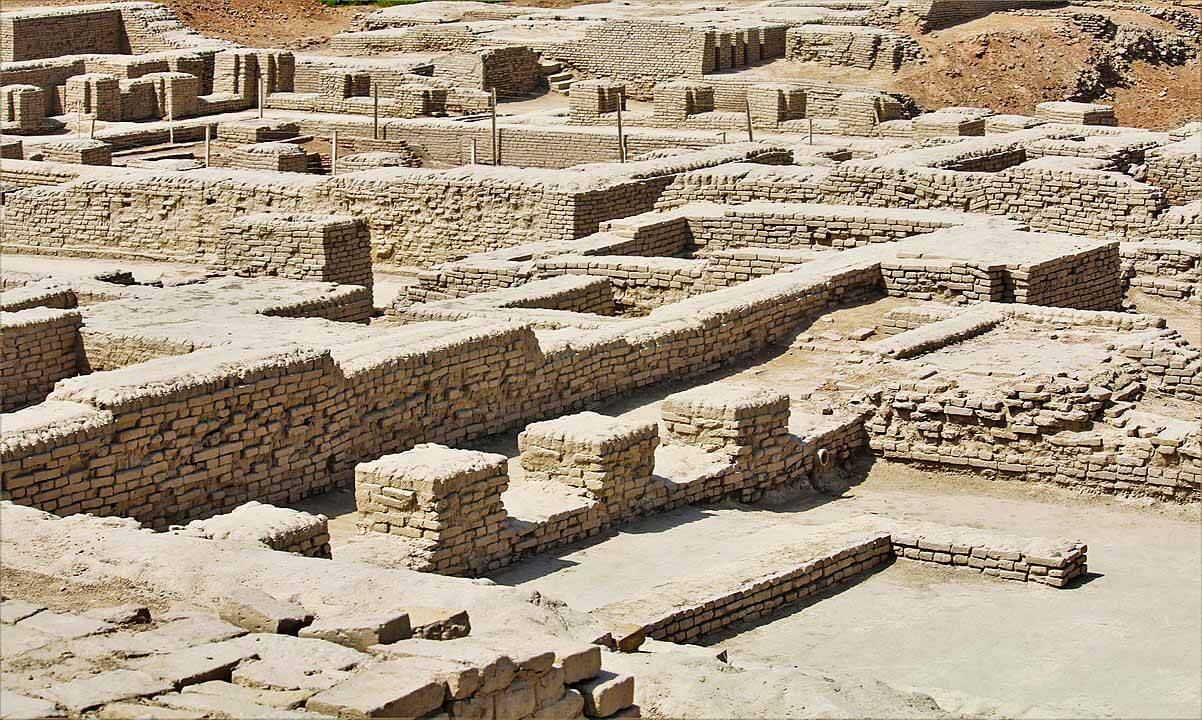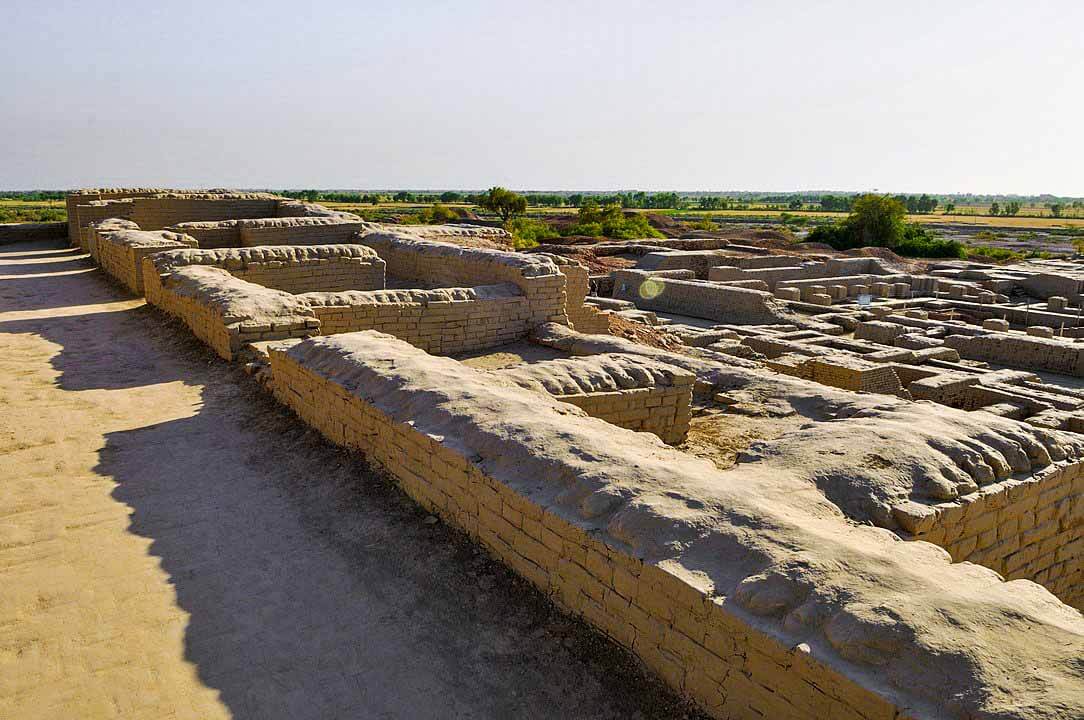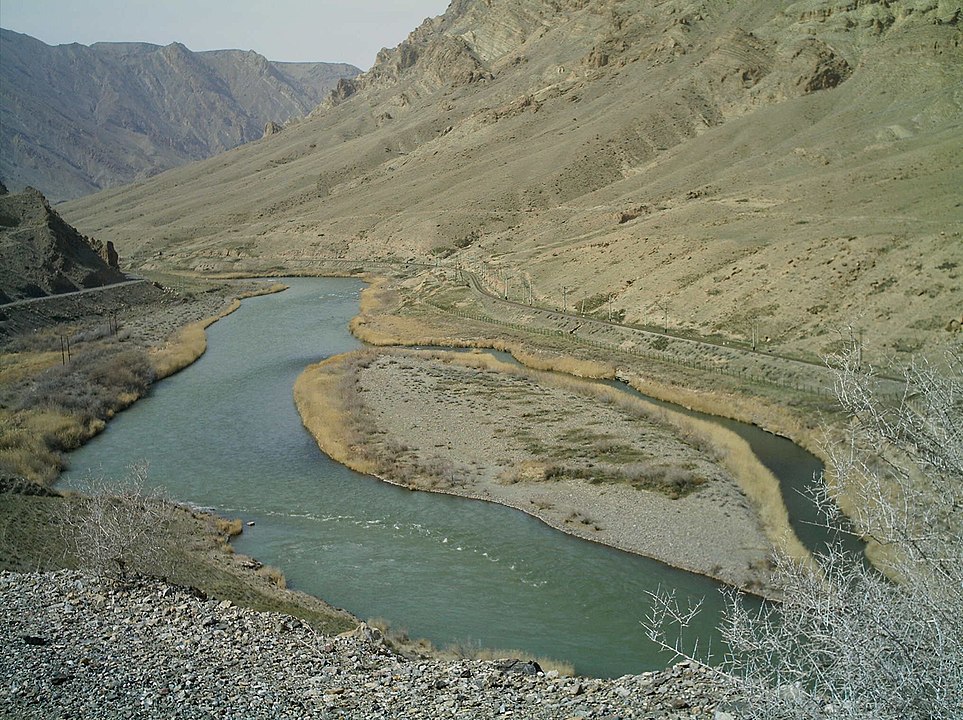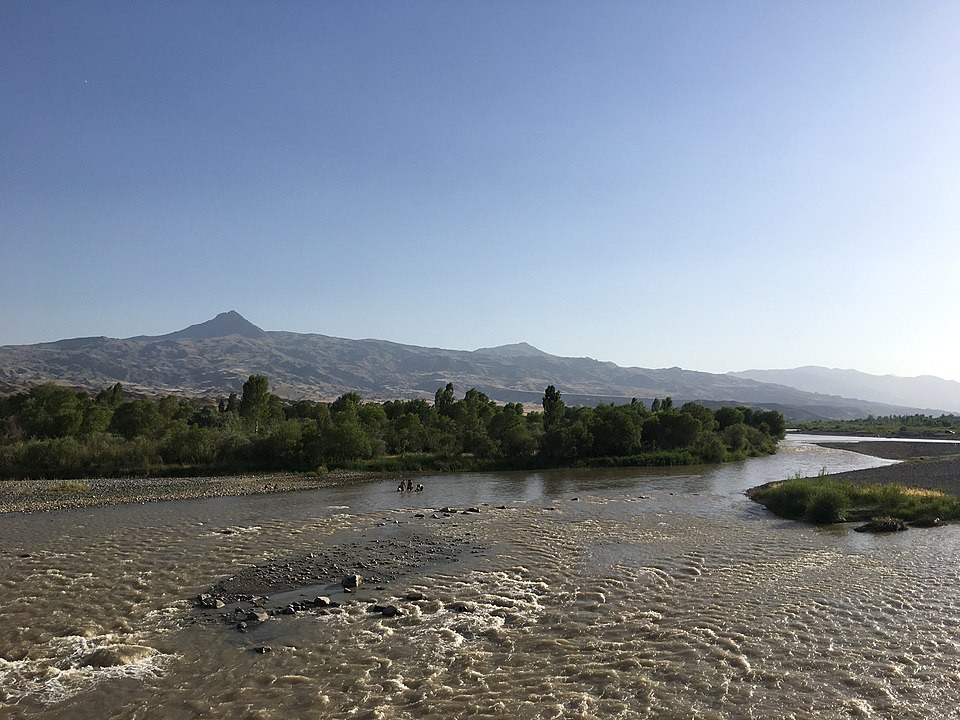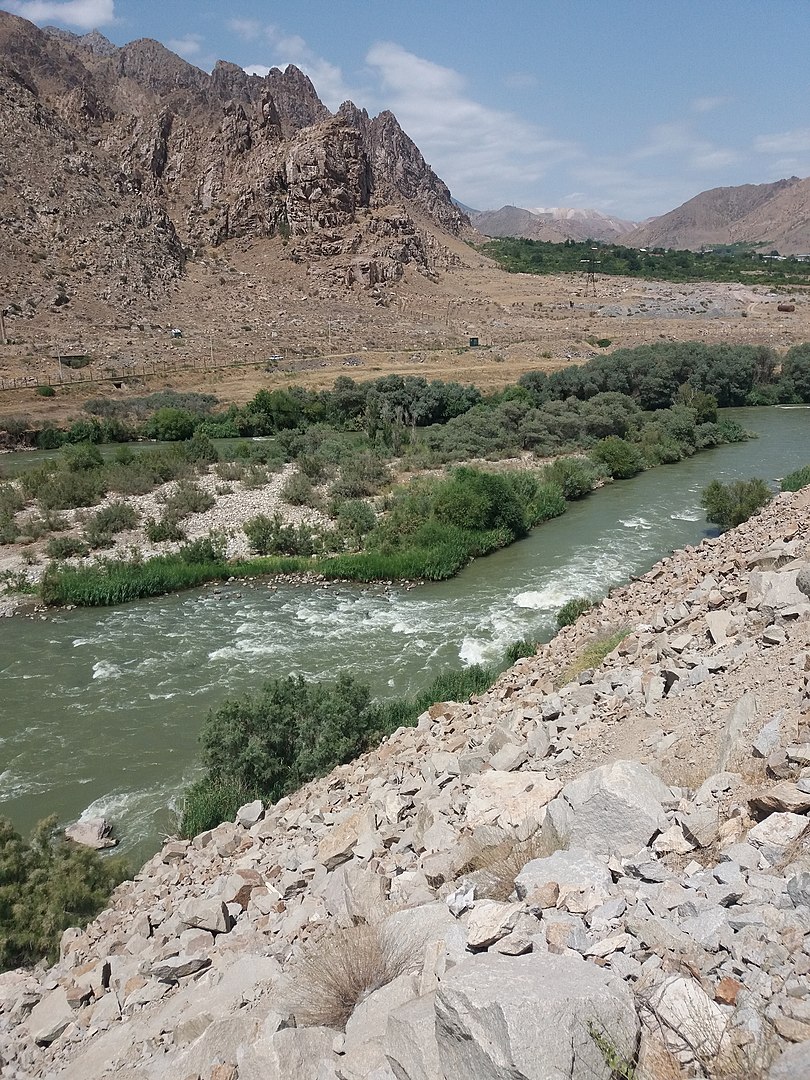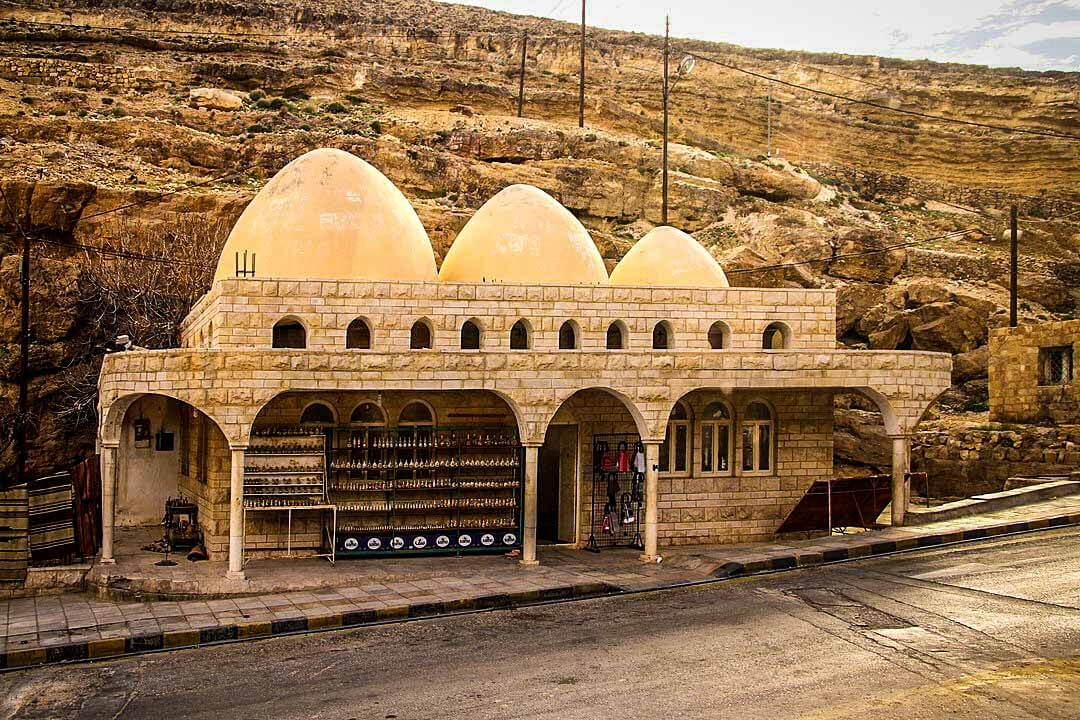Larkana, Sindh – Pakistan
Companions of Ar-Rass
Aras River
Coordinates: 27.324304, 68.135690
The Companions of the Rass, also known as the People of the Well or the People of Ar-Rass, were an ancient community, who are mentioned in the Qur’an.
The Qur’an provides little information concerning them other than to list them with other communities, including Ad, Thamud, the People of Hz. Nuh عليه اسلام and others; the Qur’an groups all these communities together as nations who went astray and were perished for their sins.
Locations
Muslim scholars related that the Companions of the Rass were a community in the Azerbaijan region. The root meaning of rass is a well or water pit, but some scholars have stated that Rass was the name of a river or the city itself. It is speculated that modern Aras River is ar-Rass.
Another less common theory is that Companions of the Rass were an Indus Valley Civilisation. With Rass meaning “well” or “along the water channels” or “water tranches”. Means refer to place which has lot of wells. Today we know that at Mohenjo-daro around 700 wells existed at the peak of their civilization. Similar estimates Harappa city itself 300 well. Same about Dholavira, where many trenches were created to store water. Some Arabs referred to Indus people as Companions of the Rass.
Account in Exegesis
Other documents of Islamic literature give little information on the place or people of this particular community. However, Ibn Kathir states in his Stories of the Prophets that the prophet sent to them was a man named Hz. Hanzalah ibn Sifwan رضي الله عنه.
Exegesis narrates that the people of this community threw the prophet into a well, with some accounts narrating that he died in the well and others narrating that he survived.
Explanation by Ibn Kathir
Allah Almighty revealed:
Noah’s people, when they denied the Messengers We drowned them, and We made them as a sign for mankind. We have prepared a painful torment for the Zalimeen (polytheists and wrongdoers) Also Ad and Thamud and the dwellers of Ar Rass and many generations in between. For each of them We put forward examples (as proofs and lessons etc), and each of them We brought to utter ruin (because of their disbelief and evil deeds).
(Ch 25:37-39 Quran)
Allah the Exalted revealed:
Denied before them (these pagans of Mecca who denied you, O Muhammad) the people of Noah and the dwellers of Ar Rass, and Thamud and Ad and Pharaoh, and the brethren of Lot, and the dewellers of the Wood, and the people of Tubba, everyone of them denied their Messengers so My Threat took effect. (Ch 50:12-14 Quran).
These verses indicate that the dwellers of Ar Rass were destroyed as they were the other people who refused to believe in the prophets of Allah.
Ibn jarir stated that the dwellers of Ar Rass were the people of one of Thamud’s villages. Allah sent a prophet to them called Huzlah Ibn Safwan. They denied and killed him, so Allah destroyed them.
Abu Bakr Muhammad Ibn Al Hassan narrated: “The dwellers of AR Rass had a well sufficing them and their land. They also had a just and good-hearted king. When he died, they were much grieved for him. After four days Satan took his form and said: “I was not dead, but I kept absent from you to see your reaction.” They were very joyful. He commanded them to set up a curtain between him and them and told them that he would never die. A great number of them believed him and were fascinated with and worshiped him. Then Allah sent them a prophet telling them that it was only Satan who was addressing them from behind the curtain. He forbade them to worship him and commanded them to worship only Allah and no partner with Him. In spite of that, they killed their prophet and threw his body into a well. Therefore Allah destroyed them and their homes.”
Site of Mohenjo-daro
Mohenjo-daro (meaning ‘Mound of the Dead Men’) is an archaeological site in the province of Sindh, Pakistan. Built around 2500 BCE, it was one of the largest settlements of the ancient Indus Valley Civilisation, and one of the world’s earliest major cities, contemporaneous with the civilizations of ancient Egypt, Mesopotamia, Minoan Crete, and Norte Chico.
It is Believed to be one of the site of companion of ar-Rass.
Mohenjo-daro was abandoned in the 19th century BCE as the Indus Valley Civilization declined, and the site was not rediscovered until the 1920s.
Significant excavation has since been conducted at the site of the city, which was designated a UNESCO World Heritage Site in 1980.
Aras river
Aras river that starts in Turkey and then flows along the borders between Turkey and Armenia (including Nagorno-Karabakh), between Turkey and the Nakhchivan area of Azerbaijan, between Iran and both Azerbaijan and Armenia, and finally through Azerbaijan to the Kura River.
Another site that is believed to be where people of ar-Rass dwelled.
It drains the south side of the Lesser Caucasus Mountains and then joins the Kura, which drains the north side of Lesser Caucasus Mountains.
Its total length is 1,072 kilometres (666 mi), covering an area of 102,000 square kilometres (39,000 sq mi). The Aras River is one of the largest rivers in the Caucasus.


